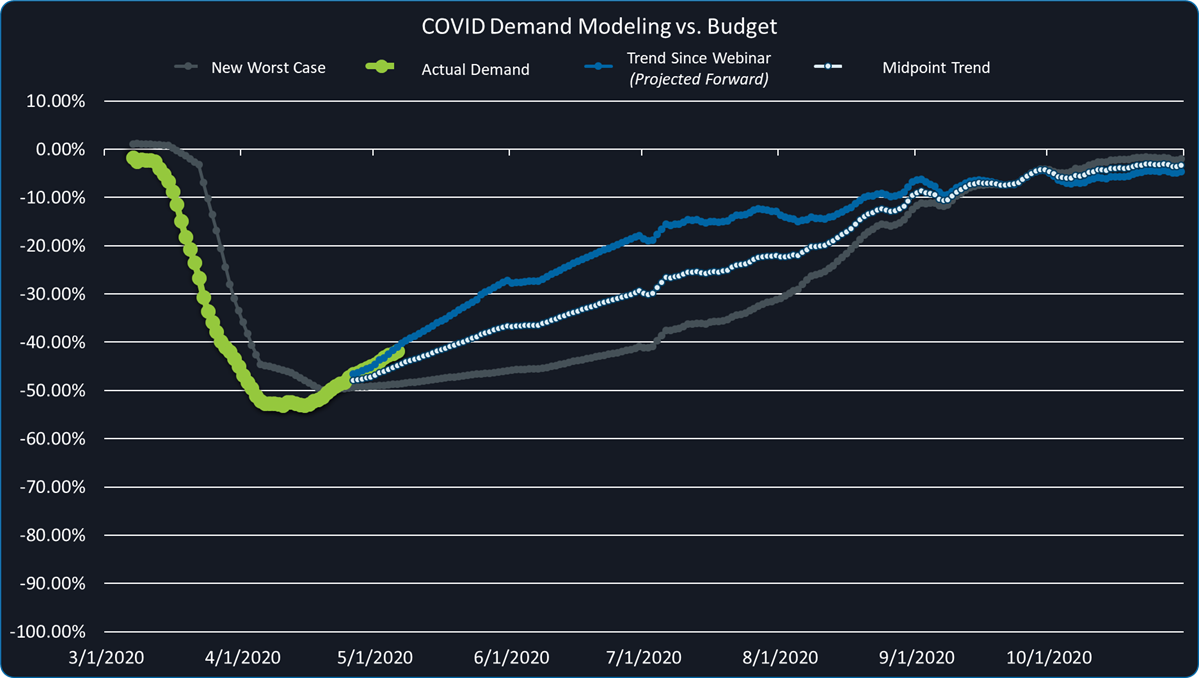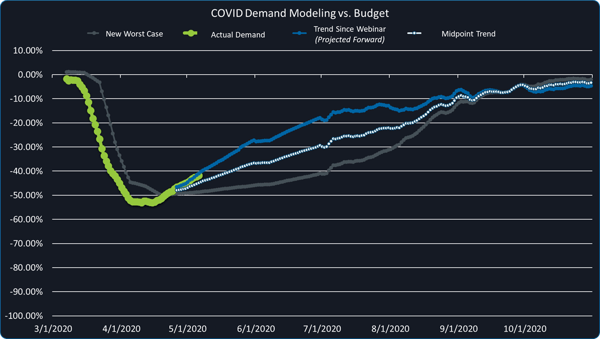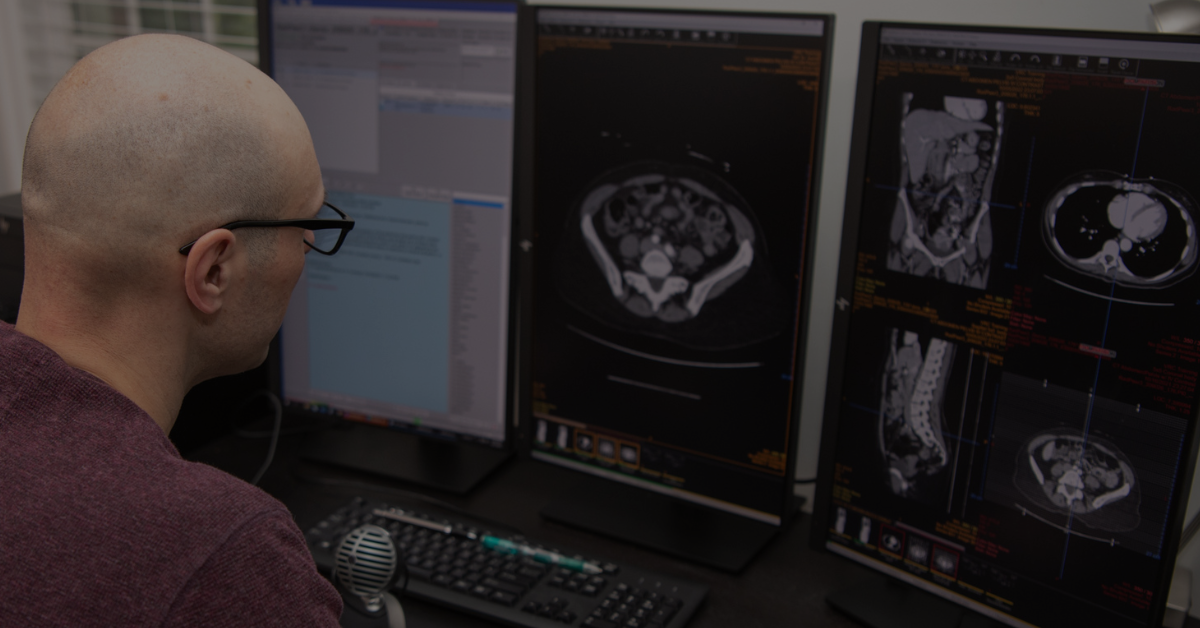MEDNAX Radiology Solutions tests AI model in largest independent radiology validation exercise to date
For the latest information on vRad’s Artificial Intelligence program please visit vrad.com/radiology-services/radiology-ai/ Many radiology...

Remote radiologist jobs with flexible schedules, equitable pay, and the most advanced reading platform. Discover teleradiology at vRad.

Radiologist well-being matters. Explore how vRad takes action to prevent burnout with expert-led, confidential support through our partnership with VITAL WorkLife. Helping radiologists thrive.

Visit the vRad Blog for radiologist experiences at vRad, career resources, and more.

vRad provides radiology residents and fellows free radiology education resources for ABR boards, noon lectures, and CME.

Teleradiology services leader since 2001. See how vRad AI is helping deliver faster, higher-quality care for 50,000+ critical patients each year.

Subspecialist care for the women in your community. 48-hour screenings. 1-hour diagnostics. Comprehensive compliance and inspection support.

vRad’s stroke protocol auto-assigns stroke cases to the top of all available radiologists’ worklists, with requirements to be read next.

vRad’s unique teleradiology workflow for trauma studies delivers consistently fast turnaround times—even during periods of high volume.

vRad’s Operations Center is the central hub that ensures imaging studies and communications are handled efficiently and swiftly.

vRad is delivering faster radiology turnaround times for 40,000+ critical patients annually, using four unique strategies, including AI.
.jpg?width=1024&height=576&name=vRad-High-Quality-Patient-Care-1024x576%20(1).jpg)
vRad is developing and using AI to improve radiology quality assurance and reduce medical malpractice risk.

Now you can power your practice with the same fully integrated technology and support ecosystem we use. The vRad Platform.

Since developing and launching our first model in 2015, vRad has been at the forefront of AI in radiology.

Since 2010, vRad Radiology Education has provided high-quality radiology CME. Open to all radiologists, these 15-minute online modules are a convenient way to stay up to date on practical radiology topics.

Join vRad’s annual spring CME conference featuring top speakers and practical radiology topics.

vRad provides radiology residents and fellows free radiology education resources for ABR boards, noon lectures, and CME.

Academically oriented radiologists love practicing at vRad too. Check out the research published by vRad radiologists and team members.

Learn how vRad revolutionized radiology and has been at the forefront of innovation since 2001.

%20(2).jpg?width=1008&height=755&name=Copy%20of%20Mega%20Nav%20Images%202025%20(1008%20x%20755%20px)%20(2).jpg)

Visit the vRad blog for radiologist experiences at vRad, career resources, and more.


Explore our practice’s reading platform, breast imaging program, AI, and more. Plus, hear from vRad radiologists about what it’s like to practice at vRad.

Ready to be part of something meaningful? Explore team member careers at vRad.
2 min read
 Joe Schmugge
:
May 13, 2020
Joe Schmugge
:
May 13, 2020

No one anticipated the rapid onset of the COVID-19 pandemic, nor the plunge in imaging demand that followed. The question on everyone’s mind is, “When will we return to ‘normal’?” Despite predictions that a drop of 50% to 70% could last 3-4 months, early indicators show volume returning in many parts of the country already.
On April 21, 2020, I presented an overview on the state of the industry and our expectations for recovery to an audience of nearly 400 radiologists and administrators in a live webinar: Imaging Update 2020: Preparing to Bounce Back from COVID-19.
Even since conducting the webinar we have revised upward our best-case and likely-case scenarios. We’ve seen slow but steady increases across much of the nation within the last week, and headlines suggest this trend may continue for the foreseeable future.
There is still a high degree of uncertainty about COVID-19 and the effectiveness of current measures to prevent transmission of the disease as the nation begins to reopen. Will radiology imaging chart a V-shape, U-shape, W-shape or other form on the way to recovery? With so many unknowns, we can’t project with certainty. We continue to model a gradual recovery, represented in the chart below (dated May 7, 2020).

So how do you plan for the comeback without knowing when it will appear, or what it will look like when it does? Many are enacting safety precautions, extending hours, modifying schedules, and other novel approaches. Leaning on a teleradiology partner like vRad may be a critical part of the solution for both hospitals and independent practices.
The structure and systems at vRad allow us to be very responsive to market fluctuations. Our ability to pull from a national network of 500+ radiologists, all of whom are available now and ready to read immediately, makes it possible for us to seamlessly direct resources to target localized spikes in demand.
With that in mind, consider leveraging a teleradiology partnership as a “relief valve” so you can aggressively schedule post-COVID-19 elective imaging procedures as a strategy for capturing a greater share of returning local volume.
Investing in a teleradiology partnership can also buy clinical organizations more time to decide when – and if – it makes sense to commit resources to the expansion of full-time, onsite radiology staff.
The return of elective imaging varies widely depending on geography. If you are in an area still experiencing low imaging volume, now is a great time to prepare for the eventual rebound.
There is no shortage of active data on the pandemic. Here are a few reliable sources we chose to focus on for insight into progression of the disease:
In addition, the vRad database provides a comprehensive view of national imaging data. On a daily basis, vRad processes tens of thousands of cases from across all 50 states representing the complete spectrum of pathology. We’ve incorporated this unique insight into radiology volume trends and in the recorded webinar shared above, and we will continue to update clients and colleagues as situations demand.
.png)
For the latest information on vRad’s Artificial Intelligence program please visit vrad.com/radiology-services/radiology-ai/ Many radiology...

This is the first in a series of blog posts we’re calling “@vRad” where radiologists can get a sneak peek behind the curtain to see what it’s like to...

Genetic testing empowers women in the fight against breast cancer. One in eight women will develop breast cancer.
vRad (Virtual Radiologic) is a national radiology practice combining clinical excellence with cutting-edge technology development. Each year, we bring exceptional radiology care to millions of patients and empower healthcare providers with technology-driven solutions.
Non-Clinical Inquiries (Total Free):
800.737.0610
Outside U.S.:
011.1.952.595.1111
3600 Minnesota Drive, Suite 800
Edina, MN 55435